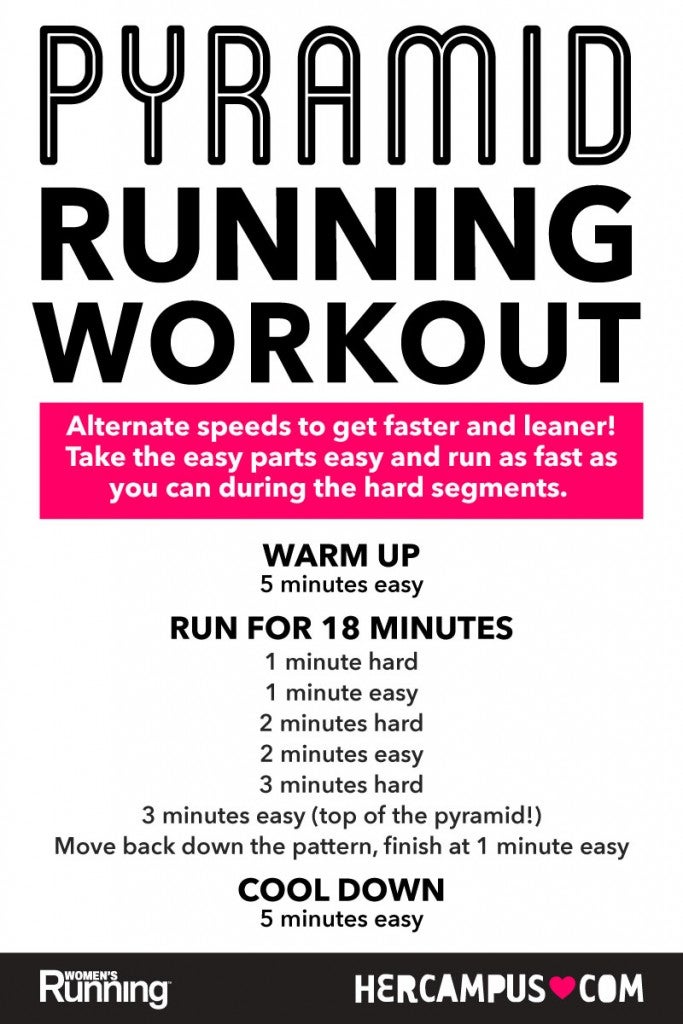Control Your Runs: Proven Strategies for Effective Running Workout
Control Your Runs: Proven Strategies for Effective Running Workout
Blog Article
Just How to stop and Handle Discomfort in Operating: Specialist Tips and Suggestions
As joggers, we usually locate ourselves captured in between the enjoyment of pushing our physical limits and the discomfort that can accompany it. The quest of that jogger's high can occasionally be hindered by the unwanted companion of pain. Whether you are a skilled marathoner or a newbie striking the pavement for the very first time, the unpleasant presence of pain and pain is a common measure. Nonetheless, there exist tested techniques and experienced guidance that can aid reduce and handle these pains, allowing you to concentrate on the pleasure of running itself.
Importance of Appropriate Footwear
Correct footwear plays a crucial function in preventing and handling pain for joggers, as it considerably influences their comfort, efficiency, and total foot health and wellness. When it pertains to running, putting on the right shoes can make all the distinction. Uncomfortable or improper footwear can result in a host of concerns such as sores, shin splints, plantar fasciitis, and a lot more severe injuries like stress and anxiety fractures.
Selecting the right operating footwear entails considering aspects such as foot kind, stride technicians, running surface, and individual choices. Joggers with high arcs might require more padding and support, while those with flat feet may profit from stability shoes. Additionally, recognizing pronation (the internal rolling of the foot) and supination (the exterior rolling of the foot) can aid in choose footwear that provide the best level of arch support.
Purchasing quality running shoes that are appropriate for your individual needs can help avoid pain and discomfort while enhancing your running experience. Prioritizing correct shoes is not simply regarding performance but also about guarding your foot wellness in the lengthy run.

Reliable Workout Methods
A vibrant warm-up routine before a run assists increase blood circulation to the muscles, boosts adaptability, and improves the range of movement of the joints. Dynamic stretches like leg swings, high knees, and hip circles are beneficial in preparing the body for the physical needs of running.
Along with vibrant stretches, integrating some light cardio workouts such as jogging or skipping rope can additionally raise the heart price and warm up the body. This mix of dynamic extending and light cardio helps loosen up tight muscles, lube the joints, and mentally prepares the jogger for the upcoming exercise (running workout). By making warm-ups a constant part of your running regimen, you can substantially reduce the danger of injuries and execute at your ideal during each run
Secret Extending Exercises
When planning for a run, integrating essential extending exercises is vital to boost muscle mass adaptability and avoid injuries - Read More. Dynamic extends such as leg swings, high knees, and hip circles are useful for heating up the muscle mass and raising variety of movement prior to a run. These movements assist boost blood flow, loosen up tight muscle mass, and prepare the body for the task ahead
Static stretches like calf stretches, hamstring stretches, and quadriceps stretches must follow a run to help in muscular tissue recovery and stop tightness. Holding each go for 15-30 seconds allows the muscle mass to relax and lengthen, reducing the danger of post-run soreness and potential injuries.
Furthermore, integrating yoga exercise poses like descending canine, pigeon present, and back spins can target multiple muscle groups at the same time, advertising total flexibility and stamina. Constant stretching regimens not just boost performance but also help in maintaining great running kind and stopping overuse injuries. Remember, correct extending methods are important for a risk-free and pleasurable running experience.
Healing and Rest Methods
After finishing a run, implementing effective recovery and rest approaches is essential for taking full advantage of performance and reducing the risk of injuries. One essential aspect of recuperation is permitting the body time to rest and fix itself. Sufficient rest is vital as it is during rest that muscles recoup and grow stronger. Furthermore, incorporating day of rest right into your training timetable is important to stop overuse injuries and exhaustion.
Energetic recuperation techniques such as gentle extending, foam rolling, and yoga exercise can help enhance blood circulation, lower muscular tissue soreness, and enhance versatility. It is likewise valuable to focus on hydration and nourishment post-run to renew electrolytes, glycogen shops, and advertise muscle healing.
Cross-training tasks like swimming or biking can supply a break from the repeated effect of running while still maintaining cardio physical fitness - running workout. Listening to your body and recognizing when it requires a break is essential to protecting against chronic injuries and guaranteeing long-term running success. Keep in mind, rest is not an indication of weak point but a crucial element of a well-shaped training routine
Cross-Training Conveniences

It allows you to work on various elements of physical fitness that may not be targeted entirely with running, leading to a much more balanced and well-rounded athlete. Furthermore, cross-training can aid enhance running effectiveness by resolving muscle discrepancies and weaknesses that might prevent efficiency.
Conclusion
To conclude, correct shoes, warm-up methods, stretching workouts, healing techniques, and cross-training are necessary elements in stopping and taking care of pain in running. By integrating these practices right into your regimen, you can minimize the threat of injury and discomfort while optimizing performance my response and pleasure of the sporting activity. Read More. Remember to listen to your body, prioritize rest and healing, and look for professional guidance when required to make certain a secure and effective running experience
Report this page